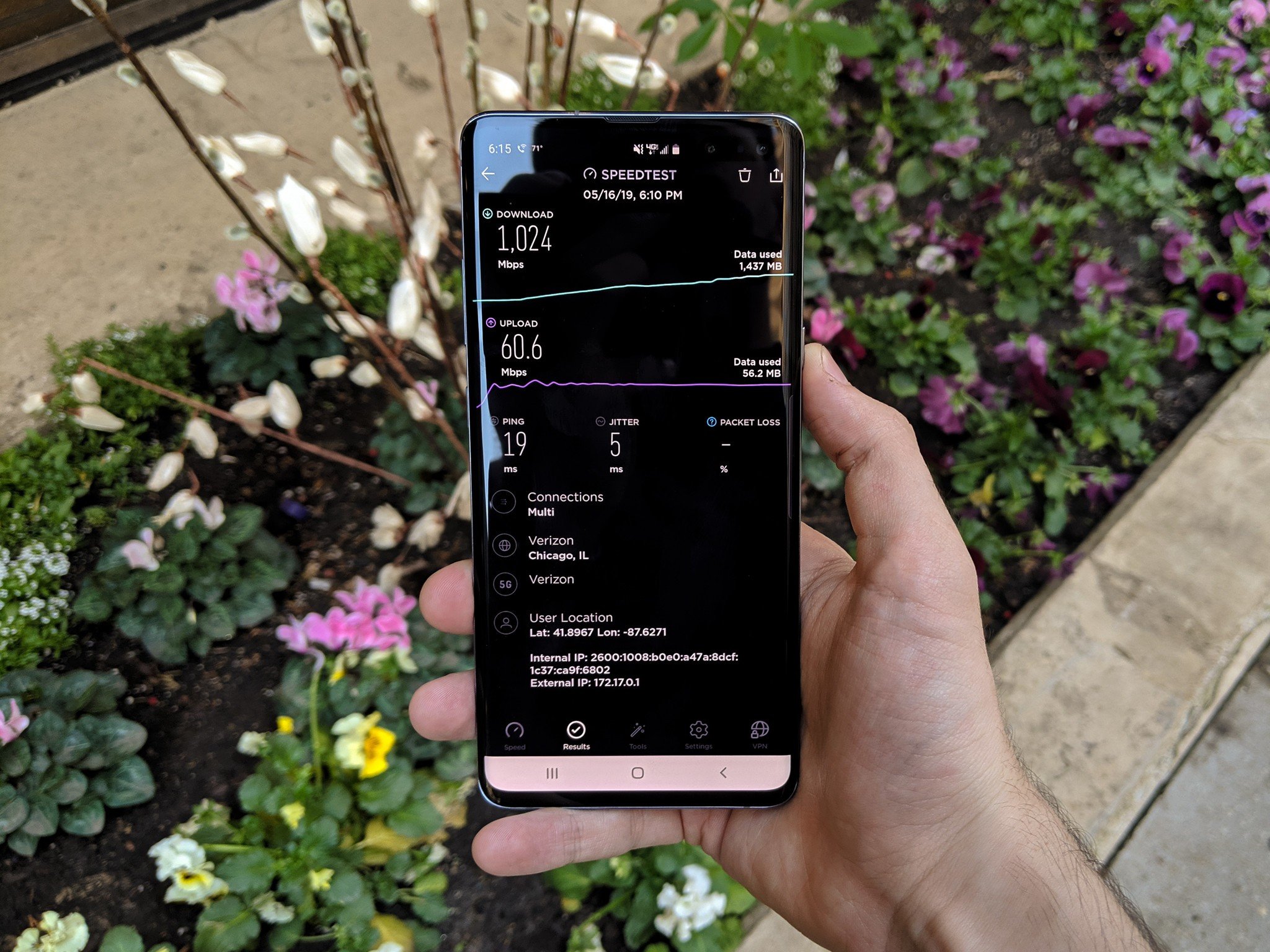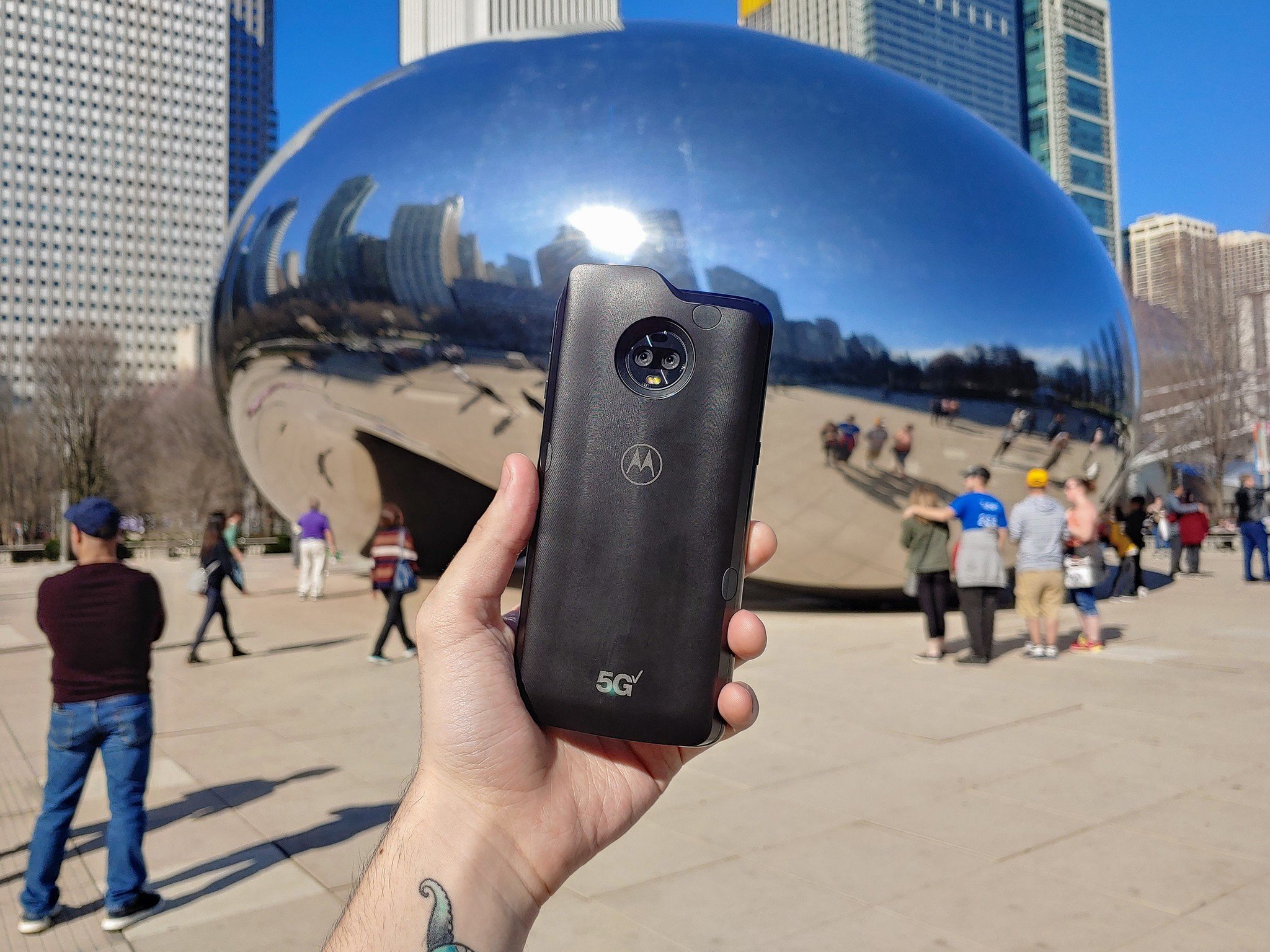With the new additions, Verizon now offers 5G coverage in nine cities overall.
What you need to know
- Verizon has added 5G service to Washington DC, Atlanta, Detroit, and Indianapolis.
- Verizon now offers 5G coverage to nine total cities.
- With the new additions, it puts Verizon on track to its goal of 20 total 5G cities by the end of 2019.
On July 31, Verizon expanded its 5G Ultra Wideband network to four new cities, including Washington DC, Atlanta, Detroit, and Indianapolis. That brings the total number of Verizon 5G cities to nine, with the others being Chicago, Denver, Minneapolis, Providence, and St. Paul.
Speeds on Verizon's 5G network are expected to be 450Mbps on average, with a peak of 1.5Gbps and less than 30 milliseconds of latency. Our own Hayato was pretty blown away when he tested the speeds out for himself in Chicago last May, where he pulled down over 1Gbps in more than one location.
Of course, in order to experience these speeds, you'll not only have to be in an area with 5G coverage, but also have a 5G-enabled phone. At the moment, Verizon offers a few different choices, such as the Samsung Galaxy S10 5G, LG V50 ThinQ 5G, or the Moto Z3 or Z4 with 5G Moto Mod.
After you have a 5G-enabled phone, your biggest hurdle will probably be finding a signal. Even though 5G has been deployed in these four new cities, coverage won't be widespread. Below, Verizon details where you're most likely to get a 5G signal in the newly added cities.
Washington DC
In Washington DC, consumers, businesses and government agencies can initially access Verizon's 5G Ultra Wideband service in areas of Foggy Bottom, Dupont Circle, Cardozo / U Street, Adams Morgan, Columbia Heights, Le Droit Park, Georgetown Waterfront, Judiciary Square, Shaw, Eckington, NOMA, National Mall and the Smithsonian, Gallery Place / Chinatown, Mt. Vernon Square, Downtown, Penn Quarter, Brentwood, Southwest Waterfront, Navy Yard, and nearby Crystal City, VA, as well as around landmarks such as the Ronald Reagan National Airport, United States Botanical Gardens, Hart Senate Building, National Gallery of Art, Lafayette Square, The White House, Freedom Plaza, Farragut Square, George Washington University, Capital One Arena, Union Station, Howard University Hospital, George Washington University Hospital, and Georgetown Waterfront Park.
Atlanta
In Atlanta, 5G Ultra Wideband service will initially be concentrated in parts of the following neighborhoods: Downtown, Midtown, Tech Square, and around such landmarks as The Fox Theater, Emory University Hospital Midtown, Mercedes Benz Stadium, Home Depot Backyard, Centennial Olympic Park, Georgia Aquarium, World of Coca Cola, and parts of Renaissance Park.
Detroit
In Detroit, 5G Ultra Wideband service will initially be concentrated in parts of the following areas: Dearborn, Livonia, and Troy, including areas around the Oakland-Troy Airport.
Indianapolis
In Indianapolis, 5G Ultra Wideband service is initially available in parts of the following neighborhoods, Arsenal Heights, Bates Hendricks, Castleton, Crown Hill, Fountain Square, Grace Tuxedo Park, Hawthorne, Historic Meridian Park, Lockerbie Square, Ransom Place, Renaissance Place, St. Joseph Historic Neighborhood, Upper Canal and Woodruff Place and around such landmarks and public spaces as Garfield Park, and Indiana University School of Medicine.
With the addition of these four new cities, it puts Verizon nearly halfway to its goal of 20 5G cities by the end of 2019. Now, if only it can keep its network up, unlike yesterday where large parts of the east and midwestern U.S. lost coverage. Service was even out in two of its 5G cities, Chicago and Detroit.


Tidak ada komentar:
Posting Komentar